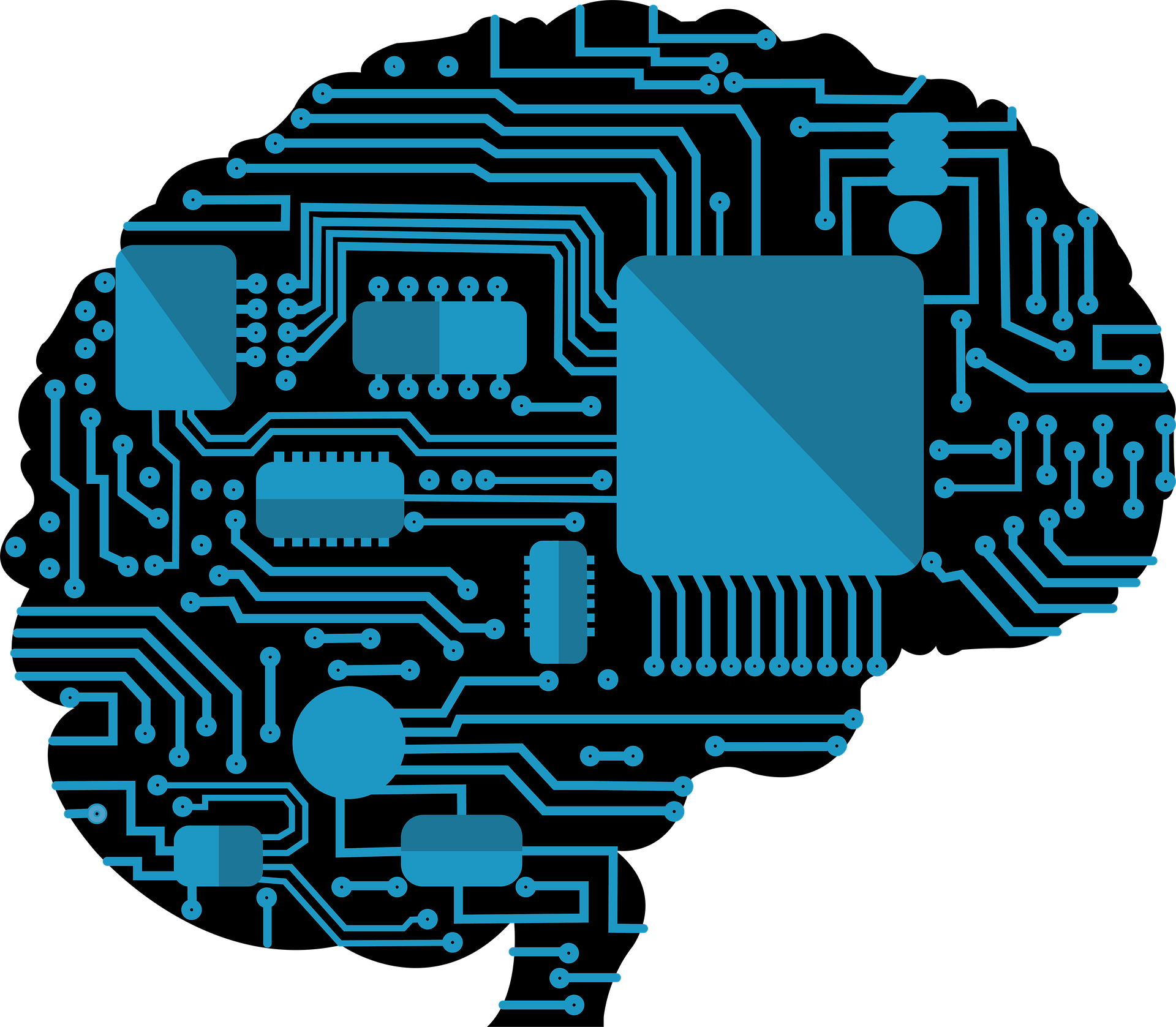Summary of Envisioning AI for K-12: What should every child know about AI?
08 June 2021

(David Touretzky, Christina Gardner-McCune, Fred Martin, Deborah Seehorn)
In this position paper, researchers explore the increasing importance of AI education for young learners. The authors highlight the increased exposure that young learners have to AI systems compared with their limited understanding of how these systems work, how AI agents are making decisions, and what the impacts of AI on society are. The authors briefly explore the state of education in AI, referring to a selection of tools, content, and curricula. The authors then go on to propose a model of AI for teaching that breaks the topic into five areas, as well as illustrating what progression might look like as students progress from age 5–18 (K–12). The authors’ aim is to provide a framework which could be used to map new and existing AI curricula, rather than proposing a curriculum itself.
Summary of methodology
The team of AI and teaching experts behind the paper combine their experience to define five big ideas in AI that they then divide into four age/grade bands. For each band, they propose in general terms what the learning experience might be for learners at that stage. Rather than frame the field through where the AI is being applied (speech, natural language, vision, etc.), they instead focus on a connected set of concepts that relate and build upon each other. The five big ideas defined in the paper are:
- Computers perceive the world using sensors. They can receive data from a variety of external sources that allow them to capture and measure the real world. Their ability to perceive is linked to the domain knowledge they possess and describes the process of 'extracting information from sensory signals'.
- Agents maintain models/representations of the world and use them for reasoning. Representation is a fundamental aspect of both human and artificial knowledge. In both cases, information about the real world is simplified (like a blueprint, tube map, etc.). Devising representations involves the familiar process of abstraction, focusing on only the important or most relevant detail. AI systems are built on such models and make decisions using them.
- Computers can learn from data. The representations that machines use can be created by the machine from data, either data that it acquires itself (using sensors or other sources) or data it is provided with. For reliable results, vast amounts of data are needed. Recent developments in machine performance makes this processing possible at speed.
- Making agents interact comfortably with humans is a substantial challenge for AI developers. Many applications of artificial intelligence involve the interaction between humans and machines, with machines needing to understand language, meaning, and emotional state, as well as intentions. Equally, many are dependent on the machine’s responses being perceived as logical but also authentic.
- AI applications can impact society in both positive and negative ways. As AI plays an increasing role in society, we need to reflect on when and where we use AI and how it benefits us. We also need to discuss and decide what ethical standards AI systems should be measured against.
As well as the big ideas, the authors explored a potential model for progression, suggesting appropriate concepts and activities at each of the four stages of learning.
These descriptions are summarised below:
| Grades (ages) | Perception using sensors | Models/ representations and reasoning | Learning from data | Human/AI interaction | Implications of AI |
|---|---|---|---|---|---|
| K–2 (5–8) |
Students know how to interact with AI agent | Students create paper and pencil representations | Students have experience of AI agent recognition (face, speech, etc.) | Students can identify what an AI assistant understands | Students understand how AI contributes to daily lives now and in the future |
| 3–5 (8–11) |
Students modify simple applications that use an AI agent | Students use representations in programs | Students can modify object recognition applications | Students can distinguish a human from a simple AI agent | Students think critically about AI applications and impacts |
| 6–8 (11–14) |
Students create more complex application using AI agents | Students explore more complex representations | Students can judge the performance of a model and understand bias | Students use syntactic parsers and recognise their limitations | Students can relate AI to earlier industrial revolutions and their impacts |
| 9–12 (14–18) |
Students understand limits of perception and train their own perceptual classifiers | Students create inference algorithms using simple data structures | Students train their own network and code simple machine learning applications | Students use parsers and processing tools to construct their own chat bot | Students can evaluate new AI technology and their ethical and societal impacts |
Reviewer opinion:
I quite like this framework as the five big ideas feel connected, with a narrative-like dependency between them. The ideas describe the field of AI without being bound to current practices and approaches, like supervised machine learning and generative AI, yet there is room for these concepts within the big ideas. Whether deliberate or not, the authors create some clear connections with more familiar areas of computing, such as the use of models and representations. This overlap feels like a great way to connect to existing and familiar knowledge that our students already possess.
The proposed framework (big ideas and progression) goes a long way to answer the question, “What should every child know about AI?” and in my opinion, it is a valuable contribution to the field. Whilst some of the age-banded explanations might be a little vague and require further definition or detailed examples, e.g. “Students explore more complex representations”, much of this detail will likely come from future work to map existing content and curricula.
About the author

James Robinson, Senior Learning Manager (Pedagogy), Raspberry Pi Foundation